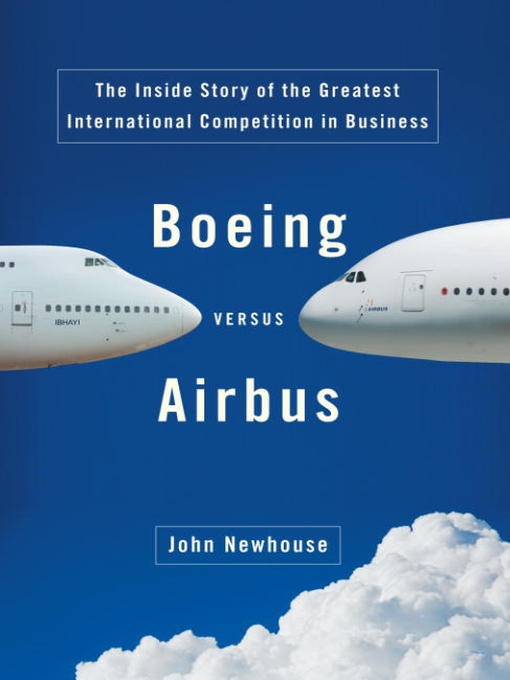
Boeing Versus Airbus
The Inside Story of the Greatest International Competition in Business
کتاب های مرتبط
- اطلاعات
- نقد و بررسی
- دیدگاه کاربران
نقد و بررسی

December 4, 2006
In this update of his 1982 study of the aviation industry, The Sporty Game
, Newhouse takes us inside the seesaw battle between the world's two remaining manufacturers of big airliners. "Mighty Boeing and the arriviste Airbus," both massive corporations and emblems of national pride, are worth exploring at length. Yet while the former New Yorker
writer has invested a tremendous amount of effort in interviews and research, he fails to assemble his facts, quotes and informed judgments into a coherent story. Newhouse introduces a fleet of issues: international sensitivities, cost overruns, governance structure, missed deadlines, the U.S. airline crisis, purchase negotiations, engine mechanics, government subsidies, the economics of plane size, the composition of airplane wings. But his touch is too light. Strong personalities—most prominently, Boeing's controversial CEOs—flit in and out, never quite coming to life; the planes themselves fare no better despite pages of description. The thousands who work in the airplane and airline industries may enjoy the details; the rest of us—even frequent fliers—might not be as interested.

January 1, 2007
Newhouse, former government advisor, tells the story of making and selling passenger airplanes and presents a case study from 1985 to the present of two industry giants, Boeing and its archrival, Europe's Airbus. The author paints a picture of a fiercely competitive industry that eliminates participants who misread the market; who build planes too big, too small, or too costly; who match new planes with wrong engines; or who are just unlucky. The financial stakes are enormous. Today Boeing and Airbus are the sole providers of large airplanes, and we learn about their strengths and weaknesses and how their fortunes ebbed and flowed through the years. This is also a human story of the players within these massive organizations and their very influential governments. The author concludes that each company will capture close to a 50 percent market share and "each is likely to do well much of the time and even prosper," making airlines and air travelers the winners. An excellent book.(Reprinted with permission of Booklist, copyright 2007, American Library Association.)

























دیدگاه کاربران